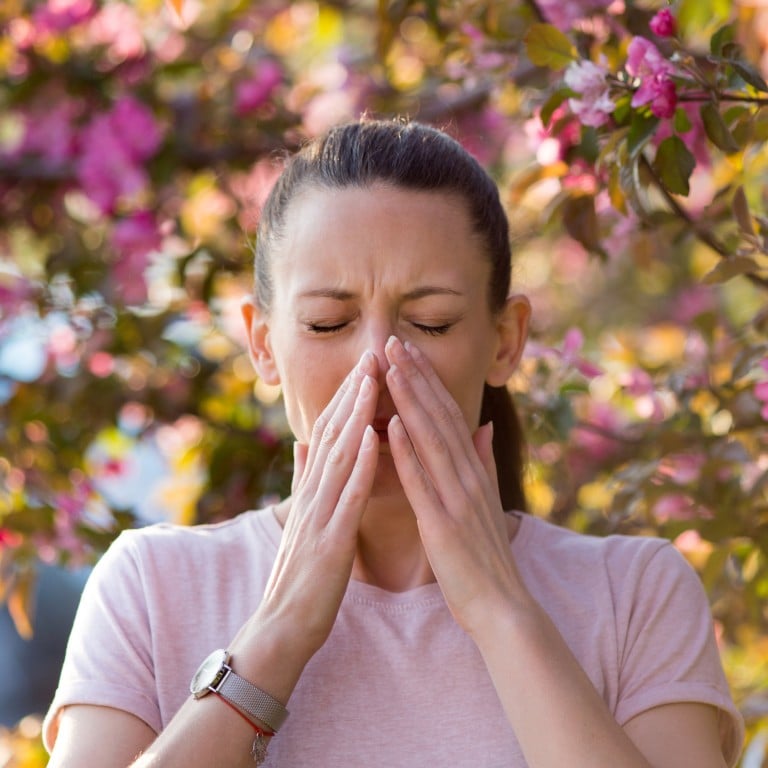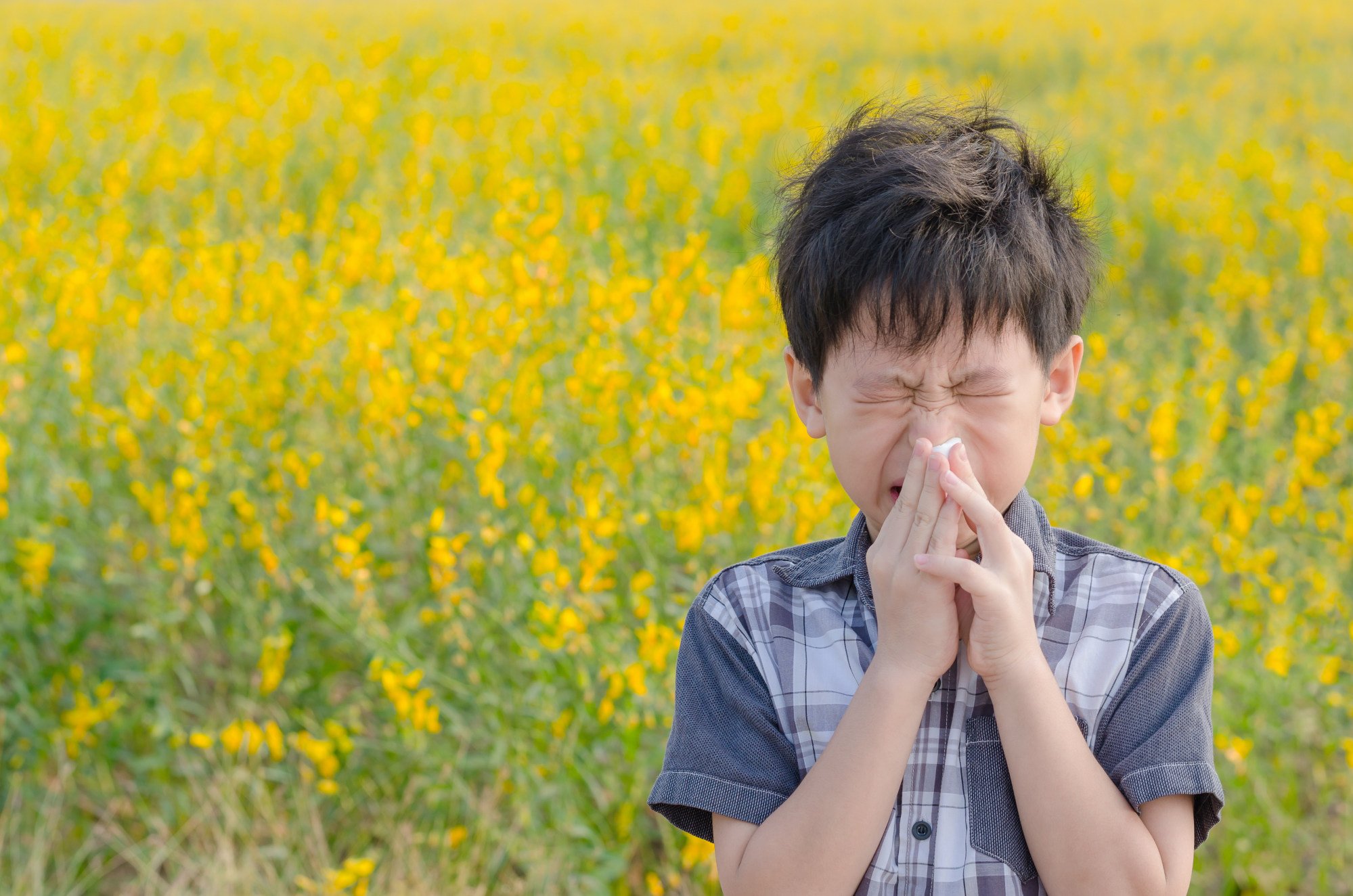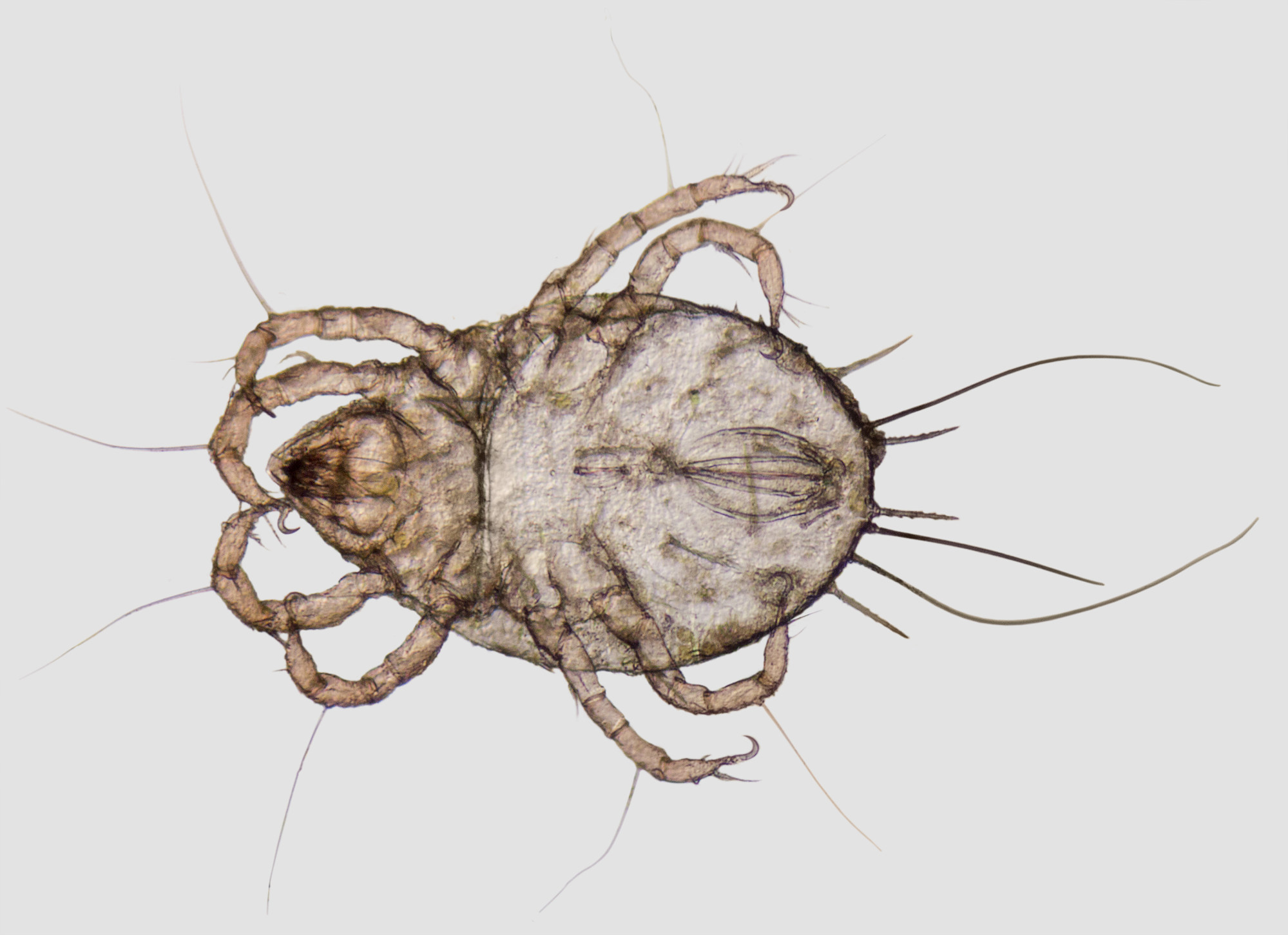
Explainer | What you need to know about allergies – their causes, symptoms, treatment, and ways to avoid them; a specialist explains
- Dr Adrian Wu says allergy ‘season’ differs depending on climate and environment; in Hong Kong, the onset of high humidity heralds dust-mite breeding
- While pollen is a cause of allergies in parts of the world, dust mites are the bigger problem in Hong Kong; dehumidifiers and hot water are weapons of choice
Spring season is in full bloom in many parts of the world, including North America and Europe. While many people admire the flowering trees, those who suffer allergies are blowing their noses, scratching their eyes and sneezing.
What causes allergies?
An allergy occurs when the body’s immune system perceives a substance, like pollen, as harmful – even though it is harmless to most people – and overreacts to it, the Asthma and Allergy Foundation of America explains.

Hong Kong-based specialist in immunology and allergy Dr Adrian Wu notes that the pattern of allergy seasons across continents is diverse, and depends on climate and environmental conditions. Hong Kong, a small place, tends to be more homogeneous.
Life-saving solutions for potentially deadly allergic reaction
The most common cause of allergies here, says Wu, is the house dust mite, which lives in bedding, clothing and soft furnishings including carpets, curtains, pillows and duvets. The cause is proteins in dust-mite droppings, and – later – the dead mite carcasses.
Dust mites have eight legs, no eyes and no antennae, and average 0.2 millimetres-0.3 millimetres in size. You cannot see them with the naked eye.

Lower humidity lowers dust-mite allergy risk
“There are certain times of the year in Hong Kong when allergies tend to be worse,” Wu explains. House dust mites are sensitive to humidity – they multiply fast in warm environments with high humidity, such as above 70 per cent, and die when humidity falls below 50 per cent.
That is why the change in season from dry to wet, such as spring, tends to be a problem in the city, Wu says. Going from wet to dry in the autumn can also be a problem, since the dust mite allergens accumulated during the humid season dry up and become fine dust.
Washing fabrics at a minimum of 60 degrees Celsius (140 degrees Fahrenheit) will also kill dust mites.

An allergy versus a cold
The common cold and an allergy share a common symptom – rhinitis, when the membranes inside the nose become inflamed, causing it to run or get blocked – and while both often present with sneezing, allergies are not colds.
There are several ways to tell the difference, says Wu.
“Allergy symptoms tend to come and go, and there is a great deal more itchiness. The nasal discharge remains clear all the time. With a cold, the symptoms persist all the time for up to a week, and the discharge eventually becomes cloudy or discoloured.”
Nothing to sneeze at: 8 ways to avoid catching the flu
Allergy symptoms
Patients who suffer a predominantly nasal allergy often complain of congestion due to swelling of the mucus membrane, Wu explains. If the congestion gets really bad, it can dull the sense of smell. This swelling can even impair circulation and cause swelling and dark circles around the eyes.

Genetics and exposure lead to allergic sensitisation
Suffering an allergy in childhood is not uncommon. Allergies can develop at any time in a person’s life, says Wu.
“However, most patients develop their allergies during childhood or adolescence. It is a combination of genetics and exposure that leads to allergic sensitisation.” This refers to the development of antibodies to allergens that are ingested, absorbed or inhaled.
The first line of action if you suffer, says Wu, is allergen avoidance. You need to learn what you are allergic to and ways to limit your exposure to it.
The lungs: how they work, and how coronavirus hurts them
Allergy treatment
Many medications are available to manage or treat an allergic reaction, including topical steroids and antihistamines that can relieve symptoms of itching, sneezing and rhinitis.
Wu, who used to suffer from asthma and rhinitis, desensitised himself and no longer struggles with allergies. Desensitisation, or allergen immunotherapy, he explains, “can reduce or eliminate allergic sensitivities leading to long-term improvement”.

Allergen immunotherapy can be administered by injection, which has proven to be the most effective for the longest time, or through drops placed under the tongue, or as dissolvable tablets – also placed under the tongue.
Studies have shown the injection’s effectiveness can be as high as 90 per cent, while the other immunotherapy means can lead to a 20 to 30 per cent reduction in symptoms.

